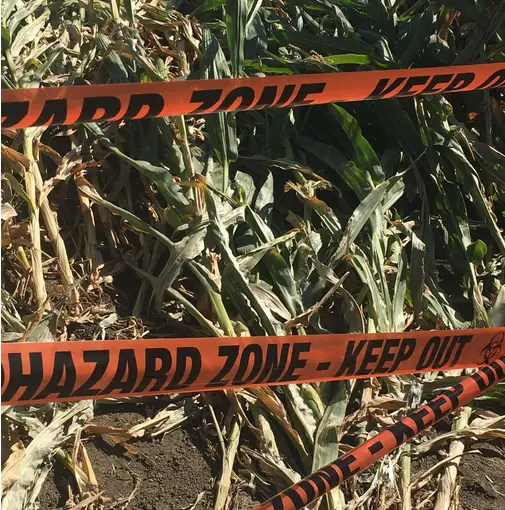Yesterday, shocking footage emerged of a huge explosion in Beirut – the capital city of Lebanon. Tragically, the blast is believed to have claimed the lives of over 100 people, with hundreds others injured.
While the exact circumstances behind the explosion are being investigated, it is believed that a warehouse holding large quantities of ammonium nitrate was behind the sickening blast.
So what is ammonium nitrate, why is it so deadly, and could it have caused the explosion? We take a look in this article.
WARNING
This article contains words, videos and other media that some people may find distressing.
What happened in Beirut?
A huge explosion rocked Beirut yesterday (August 4). Here is eyewitness footage.
What is ammonium nitrate?
Ammonium nitrate is a naturally occurring, highly soluble white crystalline solid. As it is naturally occurring, it is found in various parts of the world.
The stock of ammonium nitrate found in the Beirut warehouse emanated from the Atacama Desert in Chile.
The chemical formula for ammonium nitrate is NH4NO3, and it may be better known as “saltpetre”.
But while it is naturally occurring, in the modern day, the chemical produced is largely synthetic – achieved through reacting ammonia with nitric acid.
Some of the pictures below show the devastation it can cause.
Why and where is ammonium nitrate used?
Ammonium nitrate is primarily used in the agriculture industry. When stored properly, ammonium nitrate is a stable substance, and can be used for a variety of purposes.
In agriculture, it is mainly used as a fertiliser. It is a cheap form of fertiliser, and thus is a popular choice for farmers.
Crucially, it can also be used as an industrial explosive. Ammonium nitrate can be used for this purpose in construction, quarrying and mining among other areas.
Given its propensity for being used for explosive purposes, most countries tightly regulate ammonium nitrate – from its importing to its use.
As mentioned, when stored correctly, ammonium nitrate poses a nominal threat. But it can however become highly dangerous under certain conditions or circumstances.
Some terrorist groups have used ammonium nitrate for carrying out attacks. The IRA commonly used fertiliser bombs during the 1990s. It was also used in the Oklahoma City bombing of 1995, which tragically killed 168 people.
What can cause ammonium nitrate to explode?
An explosion can be caused when, as mentioned above, certain conditions or circumstances are met.
As ammonium nitrate gradually decomposes, heat is developed naturally. If there is large quantities of ammonium nitrate, this heat may become more and more powerful over time.
If left long enough, the heat can cause the ammonium nitrate to catch fire – not even requiring any human action.
While burning, the ammonium nitrate reacts – going through various chemical changes, resulting in oxygen being produced. As more and more oxygen is produced, the fire will get bigger.
Eventually, gas is formed, and the mixture of heat, gas and fire leads to an explosion.
When there are small quantities of ammonium nitrate, this can normally be controlled. But it is believed that five tonnes of ammonium nitrate was being stored in the warehouse at the time – hence the size of the explosion.
What was it doing in Lebanon?
The below Tweet summarises the answer to this question clearly:
A widescale rescue attempt is underway, with significant debris to comb through. The true damage of the explosion may only become apparent in the forthcoming days.
The Takeaway
There has been significant criticism of the Lebanese government in recent months, with the Lebanese economy having already been struggling. But this tragic explosion will only worsen relations between government and citizens.
May all those who passed away in the explosion Rest in Peace, and our hearts and condolences go out to anyone affected by the blast.













































